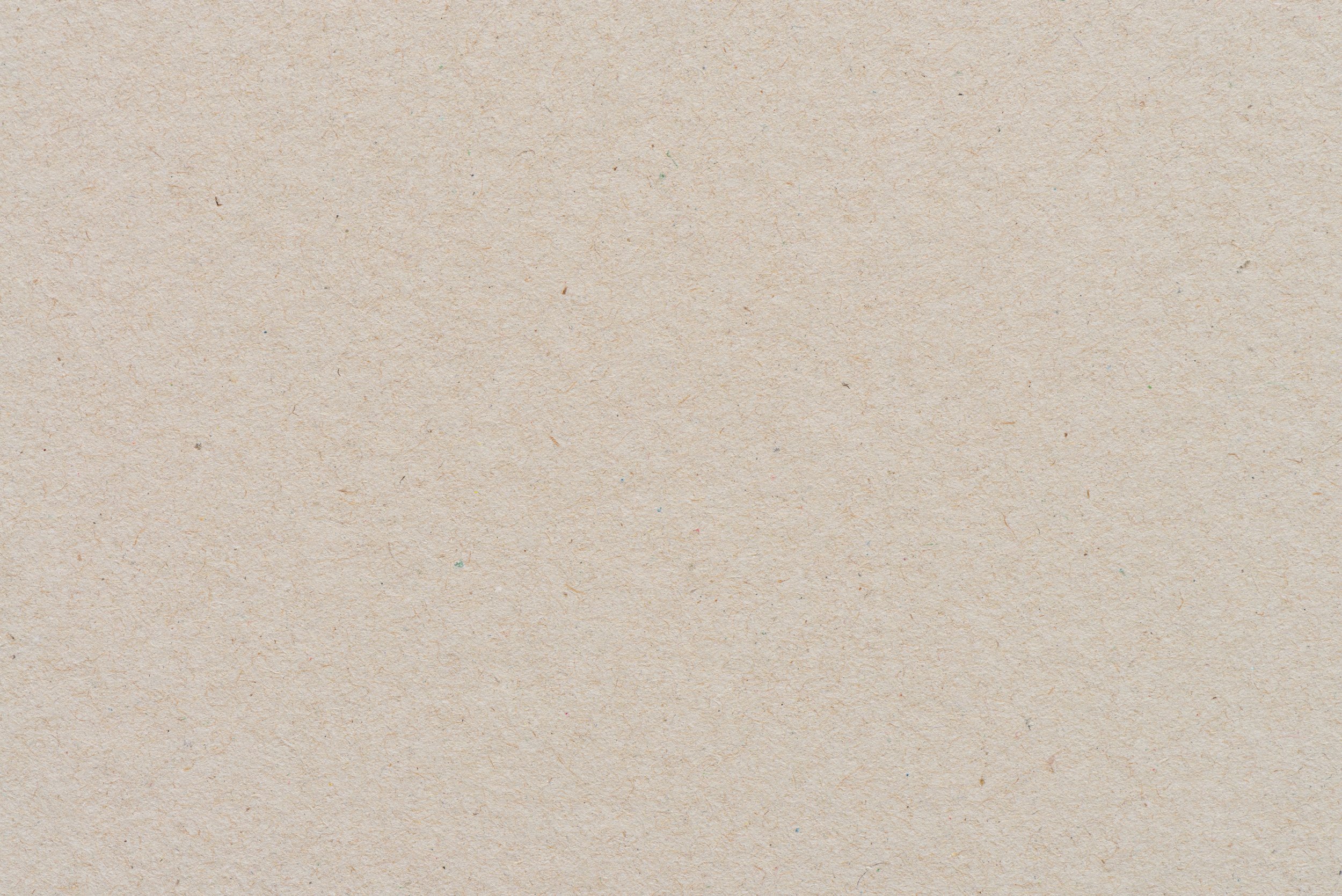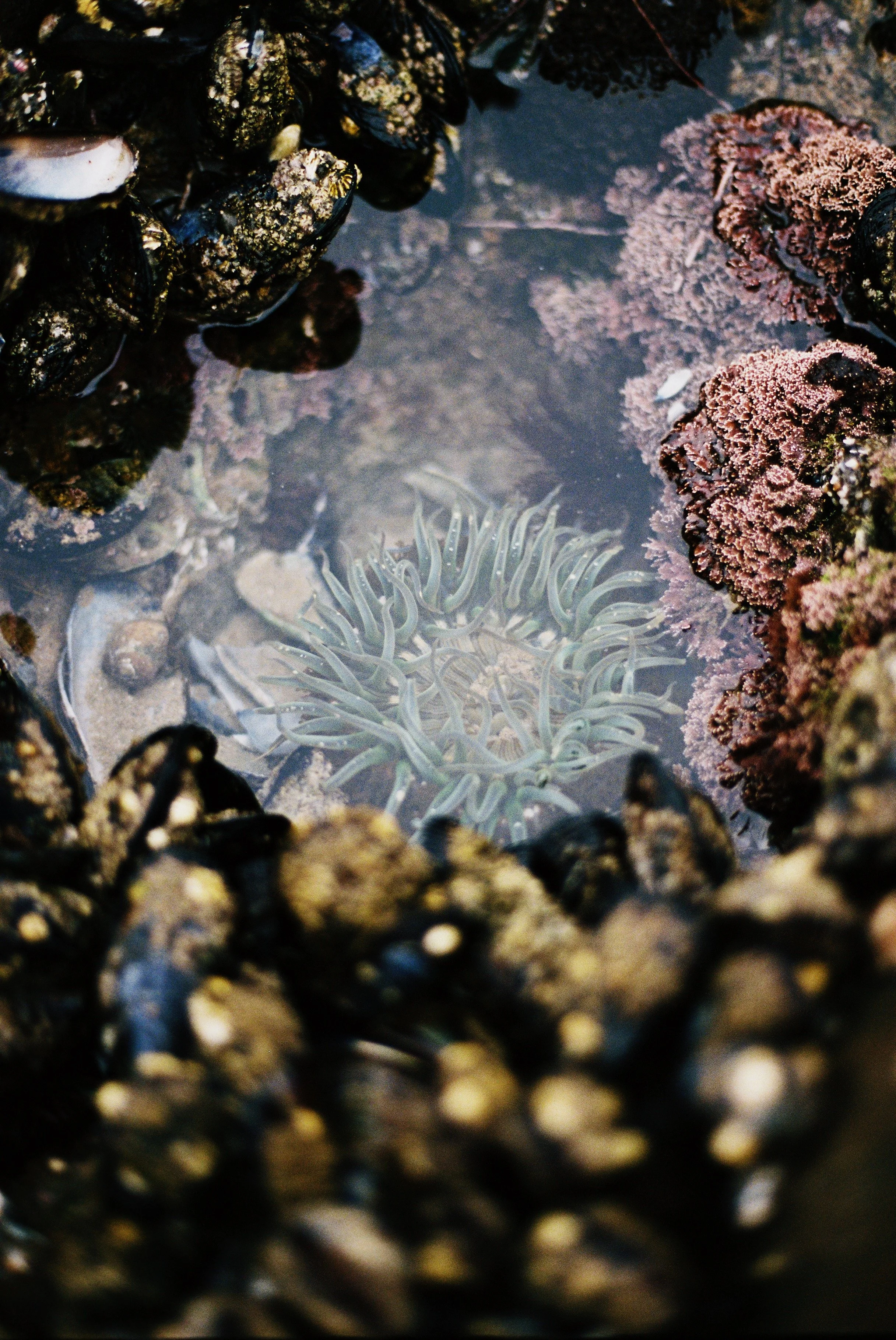
Seashore Exploration
LESSON 1
Children explore the ocean and seashore through a story and hands-on play, discovering and imagining what the seashore is like while engaging in sensory activities.
The materials for this activity will vary based on your location. If you have the opportunity to visit the seashore, you'll need different supplies than if you plan to recreate a beach-like environment at home or in an outdoor area. All materials are optional, choose the ones that best suit your situation.
Seashore Field Trip
The book “The Seashore Book” by Charlotte Zolotow
Beach toys- buckets, shovels, and sand molds for building sandcastles, towels, swimsuits, sunscreen, life jackets, umbrella, snacks and water, basket for collecting shells, stones, and other beach treasures.
Seashore Sensory Play
The book “The Seashore Book” by Charlotte Zolotow
Sandbox or bin filled with sand
Water, shovel and pail, sea animal figurines, and rocks.
Materials
Preparations
Prepare a field trip or sensory play experience.
Gather items for activity of choice.
If you are wanting to visit the beach at low tide, be sure to check the tide prediction map.
Help children explore sand, water, and textures like those at the seashore.
Support children in using toys and materials to create and build based on the story and their ideas.
Assist children in noticing and talking about animals and plants in their play and comparing them to the book.
Facilitate talks about how their play experience is similar to or different from the seashore and the story.
Objectives for Teachers
Children explore sand and water, discovering textures like those at the seashore.
Children use toys and natural materials to create and build, inspired by the story and their own ideas.
Children talk about animals and plants they see and compare them to those in the book.
Children discuss how their play experience is similar to or different from the seashore and the book.
Objectives for Children

Collect and Connect
Create actions and practice saying the poem “The Beach” together.
The Beach
Come to the beach,
Where the sea is blue.
And little white waves,
Come running at you.
A wave comes splashing
Over your toes.
You just stand still,
And away it goes.
We’ll build a castle,
Down by the sea.
And look for shells,
If you’ll come with me.

Activity Flow
Keep scrolling to view alternative lesson plan!
Seashore Field Trip
To start this unit, we'll explore the ocean and seashore in a hands-on and engaging way to spark curiosity.
Collect all the items needed for the seashore field trip. If your child is interested, involve them in packing and explain each item's purpose. Typical items include beach toys, towels, swimsuits (if it's warm), sunscreen, life jackets, umbrella, and snacks. Once you have everything you need and head to the beach.
During your beach visit, encourage children to engage in free, independent play in this sensory-rich environment. Let them explore the beach, sand, rock pools, and water freely. Take time to observe the animals and small creatures that live or visit the beach.
After the field trip, find a comfortable spot, to read “The Seashore Book” by Charlotte Zolotow with your child. Explain that the book tells the story of a boy who lives in the mountains and has never seen the ocean. At the start of the story, there's a picture of his mountain home, and he asks his mother about the sea. She describes it with words.
As you read together, discuss how the book compares to your own beach experience. Talk about similarities and differences you notice between the story and what you saw and felt at the beach.
Conclude by initiating a discussion after reading. Consider asking these questions:
What did the boy learn about the sea from his mother's descriptions?
Was your beach experience similar or different to the one his mother described?
Did you find any shells or smooth stones like the boy in the story?
Were there birds flying above you at the beach?
Did you see any crabs? Seaweed? Airplanes?
Did anything surprise you about the seashore?
What was your favorite part of our field trip?
Seashore Sensory Play
To start this activity, we'll spark curiosity about the ocean and seashore through a story. Find a comfortable spot to read “The Seashore Book” by Charlotte Zolotow with your child. Explain that the book tells the story of a boy who lives in the mountains and has never seen the ocean. At the start of the story, there's a picture of his mountain home, and he asks his mother about the sea. Throughout the story, she describes what the seashore is like. The illustrations help show us what she is describing to her son.
As you read together, look closely at the illustrations and imagine what it would be like to be at the seashore. After reading, start a discussion with questions like:
What did you learn about the sea from the story?
How did the seashore in the book look different from the mountain home?
What animals or things did you see in the illustrations?
How do you think the seashore in the book would feel or sound?
Did you notice anything in the pictures that you would like to see in real life?
What part of the story did you like the most?
How do you think the boy felt about the seashore from what his mother described?
3. Next, prepare a play experience for your child. This could be filling a bin with sand, playing in a sandbox with water, or visiting a local sandy beach at a lake, pond, or reservoir. To encourage play, bring along fun beach toys from the material list.
4. During your child's play experience, encourage free and independent play in this sensory-rich environment. Let them explore the sand, water, and play items freely. Allow them to create and build as they choose. They might be inspired by the story you read earlier and create or play based on what was described.







